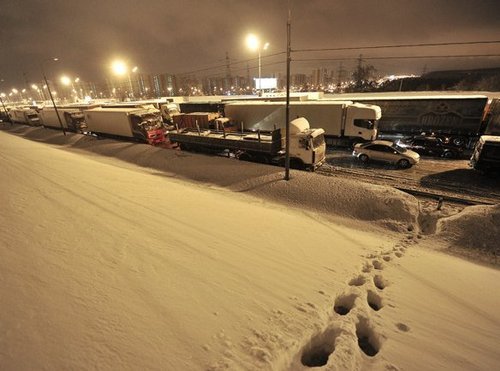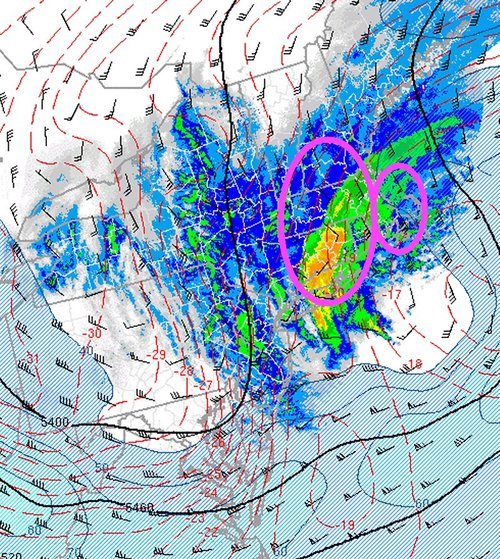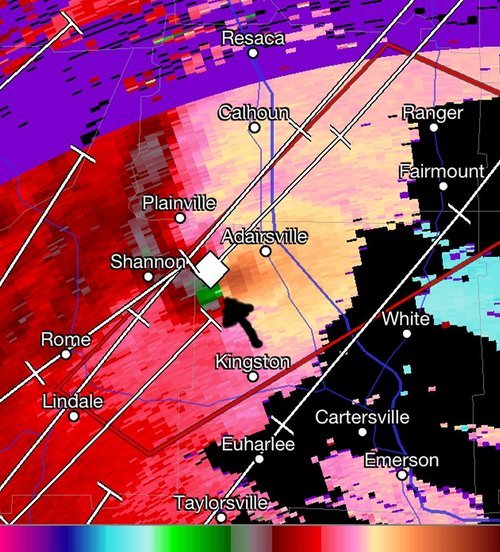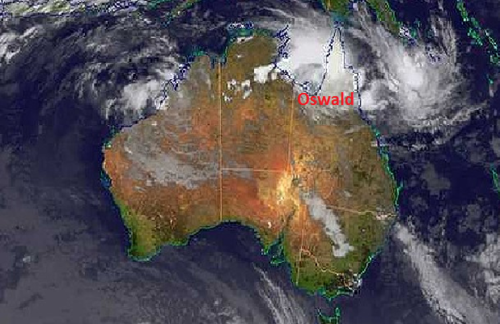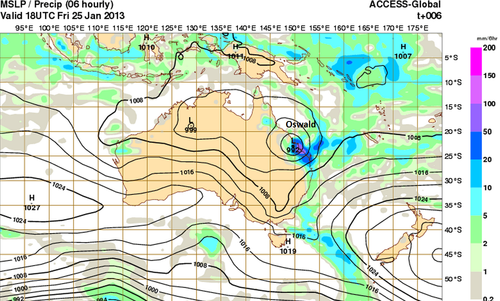Tornado Hits Hattiesburg, MS
The Deep South in the United States experienced another round of severe weather this past Sunday as gulf flow brought moisture and other crucial ingredients –such as vertical wind shear and forcing– to the area, creating ideal conditions for the spawning if tornadic supercells.
The tornado that occurred late Sunday afternoon and travelled through Hattiesburg Mississippi (population 51,000) was the strongest tornado of the outbreak (total of 14 tornadoes) and caused the most damage. Rated as a low-end EF-4, the Hattiesburg Tornado made its way through the north-west side of the city. It tore off roofs, took down brick walls, and caused damage to the south end of the University Southern Mississippi campus. Two dozen injuries were reported and no fatalities occurred with this tornado, thanks in part to quick warnings issued by the NWS citing that there was a confirmed tornado heading towards the city.
With these additional 14 tornadoes, the United States is running slightly above their tornado average of 73, with a current count of 103 tornadoes. All 103 tornadoes occurred in the Southern and Midwest US. What remains to be seen is how the peak tornado season will play out in April/May in Tornado Alley where they are currently experiencing significant drought. The lack of moisture in that area could impact the season’s typical storm activity.

Elsewhere, there has not been much extreme weather other than more hot temperatures for Australia and a weakening tropical cyclone Indian Ocean (Gino) which managed to reach category two earlier this week.
